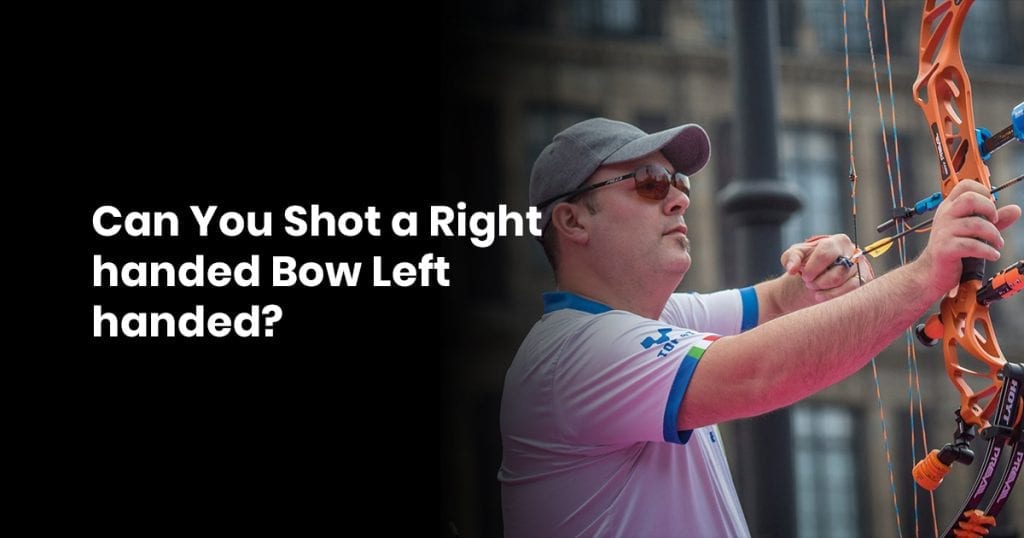Jimi Hendrix could play ambidextrous, so why can’t I shoot a bow like that?
Well, you can, but it’s definitely going to be tricky.
There’s a lot more muscles involved with archery than guitar (sorry Jimi), and different ways that you can develop them.
More importantly, it’s easier to pick right-handed or left-handed bows right from the start.
But to answer your question, yes, you can shoot a right-handed bow if you’re left-handed, you’re just going to have one hell of a time hitting your shots.
In this, we’re going to explain some of the benefits of picking a side, but also tell you exactly how to manage this right/left problem you’re facing.
Why You Should Pick Right or Left
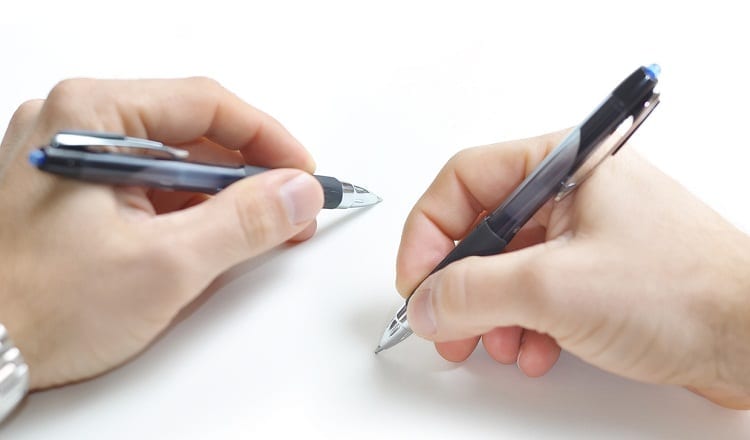
For starters, there’s a lot more bow options available to right-handed archers, then the second place is left-handed, and you can guess where ambi archers fall.
Some bows strictly come with an ambidextrous design so that all three manners of orientation can handle them, but it’s not always easy, because then they have to have a center-cut arrow rest. Not all bows are designed that way.
If nothing else, you should pick a bow side for the sake of your dominant eye.
Your dominant eye dictates a lot of your alignment and center of gravity, which we’ll get into in a moment. The options are limited, but you control how you respond to those market options.
Picking one side strengthens that side.
There’s a lot of physical strength that goes into pulling back a bow (recurves, not compound). While your body should have some even distribution of weight, you’re going to get more coordination and strength on one side.
Not sure which is your dominant? Check this out.
How to Choose Your Dominant Side

Rather, how to figure out which of your sides is already dominant.
Assess that with this simple checklist below.
- What do you write with? Nine times out of ten, your writing hand is your dominant hand. In rare occasions, you will write with your non-dominant hand if you trace your writing with your dominant eye/side.
- Draw a circle, square and triangle with each hand—which one came out the neatest? That’s a clear indicator.
- Test with manual activities. Eat with a spoon, try to draw something, and walk down a stairway while holding onto the railing with each side. Remedial tasks that you don’t even think of are usually fulfilled by your dominant hand. It’s muscle memory; you don’t even realize you’re doing it, so when you start paying attention, it’s going to open up your eyes.
- Which hand do you go to open doors with? You put your dominant side forward to sustain the strength required to open the door.
- Step forward as if you were stomping on a bug. What foot did you use?
- If you were to throw a ball, which arm would you use?
These are just a few ways to determine your dominant side. Simple, but effective.
Determining your dominant side is about to be key when you learn what your dominant eye really does for archery.
Does Eye Dominance Matter in Archery?
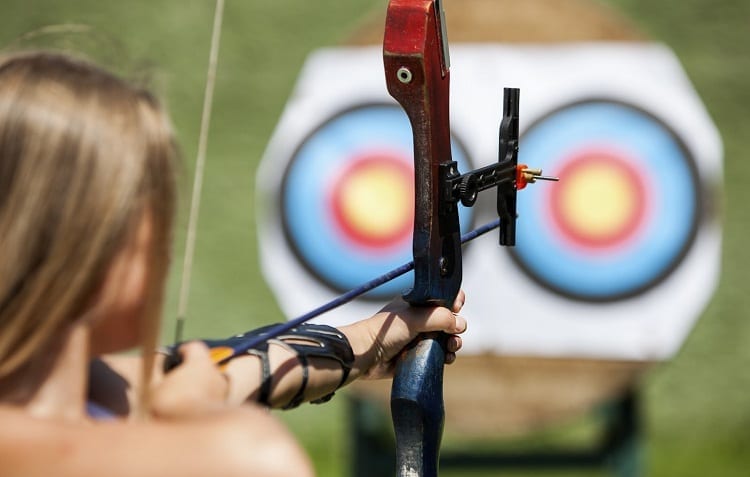
Absolutely.
Vision of your target or prey is everything, otherwise all that body strength that pulls back a 70 lb draw weight bow is useless.
Might as well be firing at a wall.
Your vision defines alignment, and will mess with your center of gravity.
For those of you who don’t know, your center of gravity is the area around the middle of your mass.
If you’re a top heavy person, your center of gravity will be higher. If you’ve got strong legs like tree trunks, your center of gravity might be closer to them.
Ideally, your COG should be somewhere around your lower abdomen with a properly balanced body.
Alignment from the input that your eyes give you will mess with your preconceived COG.
Your body is used to the way it is. The resistance from walking, the amount of space you need to take to close the gap on a staircase, and how much you need to stretch your leg upward to take that step onto the oversized city bus.
You don’t think about these things often, because your mind has already gotten used to this, and it’s based on your center of gravity.
It’s why when someone gains or loses a lot of weight in a short amount of time, they might find themselves being klutzy or feeling unbalanced. It’s technically in your head, but the effects are real.
Using your non-dominant eye doesn’t do you any favors in this instance. It can also severely mess with your hand-eye coordination.
Hand-eye coordination uses the input from your eyes about the objects that are moving in front of you.
Think of it like a calculator: your hand-eye coordination has to accurately calculate the space between your hand and the object, determine how quickly you will have to move your hand, and at what point you will make contact and stop. It’s very important.
Switching to your non-dominant eye means using the eye that doesn’t have the biggest sway in your hand-eye coordination.
That’s a problem.
You can only train your eyes so much, but you can train your body so much more—train the side that falls inline with your dominant eye.
Which Hand Will Suit Me Better?
Whichever hand is also that of your dominant eye side.
If you’re right-handed, you’re holding the bow with your left hand, the string with your right, and your body is tilted in a way that gives you right eye the best line of sight for a straight shot.
You’ll close the left eye, feel alignment of some sort with your right, and that’s how you’re going to orient your shot.
And that’s what matters.
The primary point of archery is to hit your shot as precisely as possible (among other amazing benefits of archery, that is), and if you feel more comfortable on your non-dominant eye side, you likely won’t hit your mark the same.
This could take some getting used to.
Your muscles might be telling you one thing, but your eyes are giving you different feedback.
At the end of the day, you have to go with your eyes, and train the rest of your body to follow suit.
Why’s that?
Your vision is, well, kind of important when you’re trying to line up a shot.
Draw weight, strength, draw length, steadiness, stance, form—that’s all for naught if you can’t line up the shot the right way based on the feedback that your dominant eye is giving you.
If you were able to stand flat facing the target (ahem, crossbows), then you wouldn’t have this issue, but it’s one that we have to overcome.
Can You be an Ambidextrous Archer?
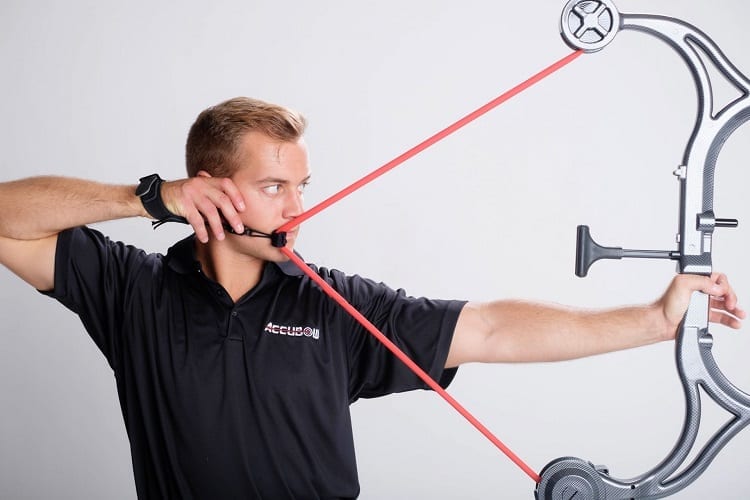
You most certainly can be, but it does come with its difficulties (as any ambidextrous activity would).
You will be better off with a center-cut arrow rest if you truly want to be an ambidextrous archer, and you might even run into some higher costs.
We pride some brands on making right-handed and left-handed bows the same price for a lot of people.
It’s good that you have both options, but if you want to toy with whatever side feels best that day, you need an ambidextrous bow.
The grip has to be identical on either side for it to work.
That might require some custom work, or just a higher priced, less in-demand bow from a reputable manufacturer.
The reason the center-cut arrow rest is so important is that it won’t trick your orientation while firing.
If you’re dominant in your right eye, you’ll be focused and ready to hit your shots.
If you’re dominant in your left eye, same thing applies. With a center-cut arrow rest, even your non-dominant eye will be able to better orient where the arrow is in accordance with the target, because nothing has changed from the other side.
When you use your dominant eye for precise tasks, you get used to seeing things from that side, and it feels flipped or skewed when you use the other eye.
This prevents that from happening.
Side With Your Natural Dominance
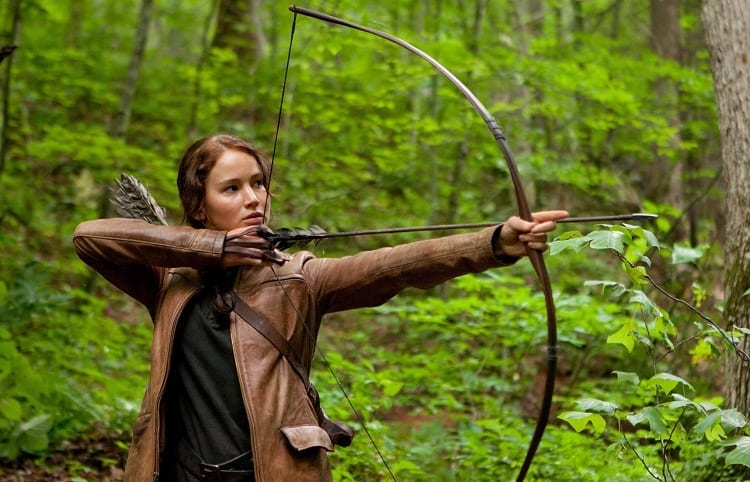
Your dominant side (if you have one) is what’s going to really be your best bet for archery.
If you don’t have one, it’s time to develop one.
Even ambidextrous people will have one side that they use more for specific tasks, and with that, you’ll find your way.
Picking a side can be difficult, so if you’re still on the fence, bookmark this article and come back to remind yourself how to check which side will be best for you.
There are ambidextrous bows, but picking a side will keep your options open far into the future.
Hand Dominance With A Right-Handed Archer
When shooting a bow as a right-handed archer, it is important to consider your hand dominance. If you are left-handed, you will need to use a left-handed bow. This type of bow is specifically designed for left-handed individuals, allowing for easier access and better control.
When holding the bow, your left hand should be on the left side of the bow, while your right hand holds the string on the right side. This ensures that you have the best grip and stability while shooting.
For new archers, it may take some time to get used to shooting with a left-handed bow, but with practice, it will become easier and more natural.
If you are a right-handed shooter, using a right-hand bow is the best way to go. This type of bow is designed for right-handed individuals, allowing for a comfortable and secure grip. When holding the bow, your right hand should be on the right side of the bow, while your left hand holds the string on the left side.
Hand dominance plays a crucial role in archery, as it determines the most effective and efficient way to shoot a bow. Whether you are left-handed or right-handed, using the appropriate type of bow is essential for optimal performance.
Easiest way to use a new bow that matches your hand dominance be it a left handed bow or right hand bow you must ensure that you have the best grip, control, and accuracy while shooting. It is important to note that hand dominance is not something that can be changed, quickly or successfully so it is necessary to adapt and find the best way to shoot based on your natural hand dominance.
For left-handed individuals using a right-hand bow for the first time it may feel a little bit awkward at first. However, with practice and proper technique, shooting on the opposite side can be just as effective especially with the best recurve bows available and fine
The key is to focus on your hand positioning and grip, ensuring that you have a stable and comfortable hold on the bow. By practicing regularly and refining your technique, you can become proficient in shooting with a right-hand bow, regardless of your natural hand dominance.
Cross-Dominant Archers
Cross-dominant archers, also known as bow guys, are individuals who have a unique way of shooting a bow. The bow’s riser is held with one hand while the other hand draws the string back. Some cross-dominant archers may even wear an eye patch to help with their aim.
This new look may seem unconventional, but it is a technique that has been used by many archers throughout history. The handedness of the bow does not determine the skill of the archer, as cross-dominant archers have shown great accuracy and precision. Fine motor skills play a crucial role in this style of archery, as it requires precise movements and control.
When shooting on a steep slope, cross-dominant archers have an advantage. Their ability to shoot from different angles allows them to adapt to the terrain and maintain accuracy. This is a skill that not many archers possess, making cross-dominant archers a valuable asset in archery competitions.
In the global population, cross-dominant archers make up a small percentage. However, their unique style and overall dominance in archery cannot be overlooked. It is a personal preference for some archers to shoot in this manner, as it allows them to step out of their comfort zone and challenge themselves.
If you are interested in becoming a cross-dominant archer, it is important to visit an archery shop and seek guidance from experienced professionals. They can help you find the right equipment and teach you the proper techniques. Stepping out of your comfort zone may not be easy, but it is the only way to grow and improve in any sport.
When shooting with a cross-dominant style, your drawing hand may feel different at first. However, with practice and determination, you will become accustomed to this new way of shooting. It is important to focus on your form and technique, as this will greatly impact your accuracy.
One challenge that cross-dominant archers face is finding the right bow sight. Since they shoot from the “wrong side,” traditional bow sights may not work effectively. It is important to find a sight that can be adjusted to accommodate your unique shooting style.
When choosing a bow type, consider your dominant eye and hand. If you’re right-eye dominant but left-handed, you may want to consider a left-handed bow. This can help align your dominant eye with the bow sight, improving your aim.
Remember, cross-dominance is not a limitation, but rather a unique challenge that can be overcome with practice and the right equipment. Don’t be discouraged if it takes time to find your groove. Keep experimenting and refining your technique until you find what works best for you.

